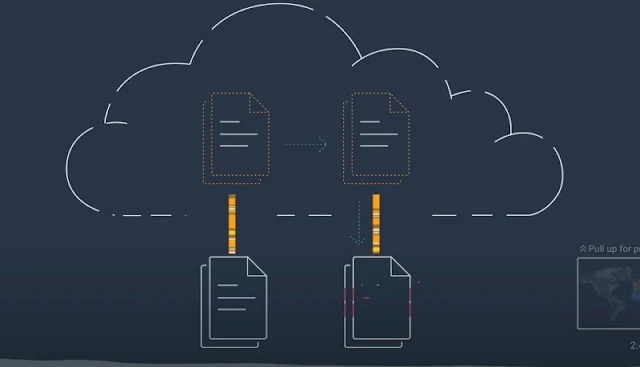Optimizing your AWS cloud resources is crucial for ensuring performance, reducing costs, and maintaining efficiency. Whether you're managing a small application or a complex cloud environment, effective optimization strategies can lead to significant improvements. In this guide, we'll cover essential practices for optimizing AWS cloud resources to get the most out of your investment.
Understanding AWS Optimization
AWS optimization involves adjusting your cloud resources to improve performance and cost-effectiveness. It includes resource management, cost control, and performance tuning to ensure your cloud infrastructure meets your needs while remaining within budget.
Key Strategies for AWS Optimization
Here are some key strategies to help you optimize your AWS cloud resources:
- Right-Sizing Instances: Ensure that your instances are appropriately sized for your workload. Using AWS's instance types efficiently can reduce costs and improve performance.
- Implement Auto-Scaling: Use AWS Auto Scaling to automatically adjust the number of instances based on demand. This helps in handling traffic spikes and reducing costs during low-traffic periods.
- Utilize Spot Instances: Take advantage of AWS Spot Instances to reduce costs for non-critical workloads. Spot Instances can offer significant savings compared to On-Demand Instances.
- Monitor and Analyze Usage: Use AWS CloudWatch and AWS Cost Explorer to monitor your resource usage and costs. Regularly reviewing these metrics helps identify areas for optimization.
- Optimize Storage Costs: Choose the right AWS storage options and implement data lifecycle policies to manage storage costs.
Best Practices for Cost Management
Effective cost management is integral to AWS optimization. Follow these best practices to manage your AWS expenses:
- Use Reserved Instances: Purchase Reserved Instances for predictable workloads to benefit from significant cost savings compared to On-Demand pricing.
- Review and Adjust Budgets: Set up budgets and alerts in AWS Cost Management to keep track of your spending and avoid unexpected costs.
- Implement Resource Tagging: Use resource tags to categorize and track usage and costs by project, department, or environment.
Advanced Optimization Techniques
For more advanced optimization, consider the following techniques:
- Leverage AWS Savings Plans: AWS Savings Plans offer flexible pricing options for various services and can provide savings compared to On-Demand pricing.
- Optimize Database Performance: Use AWS RDS and DynamoDB performance tuning options to enhance database performance and reduce costs.
- Adopt Serverless Architectures: Consider transitioning to serverless architectures with AWS Lambda to reduce infrastructure management and costs.
Conclusion
Optimizing AWS cloud resources involves a combination of right-sizing, monitoring, cost management, and leveraging advanced features. By applying these strategies, you can achieve better performance, reduced costs, and improved efficiency in your AWS environment.

